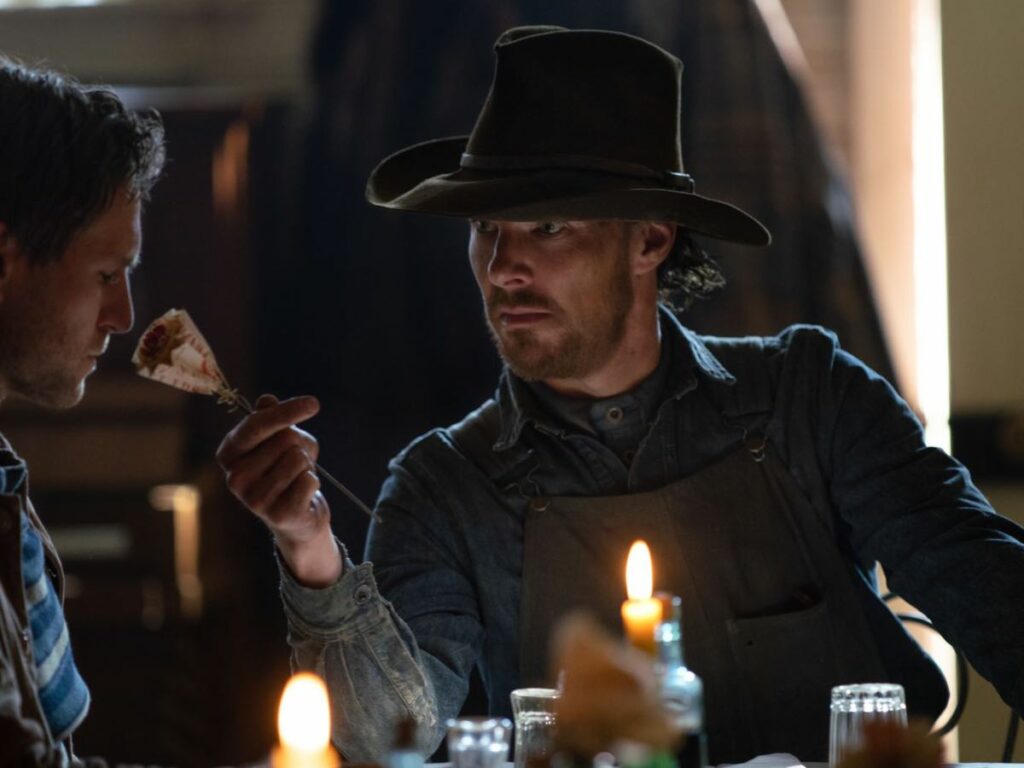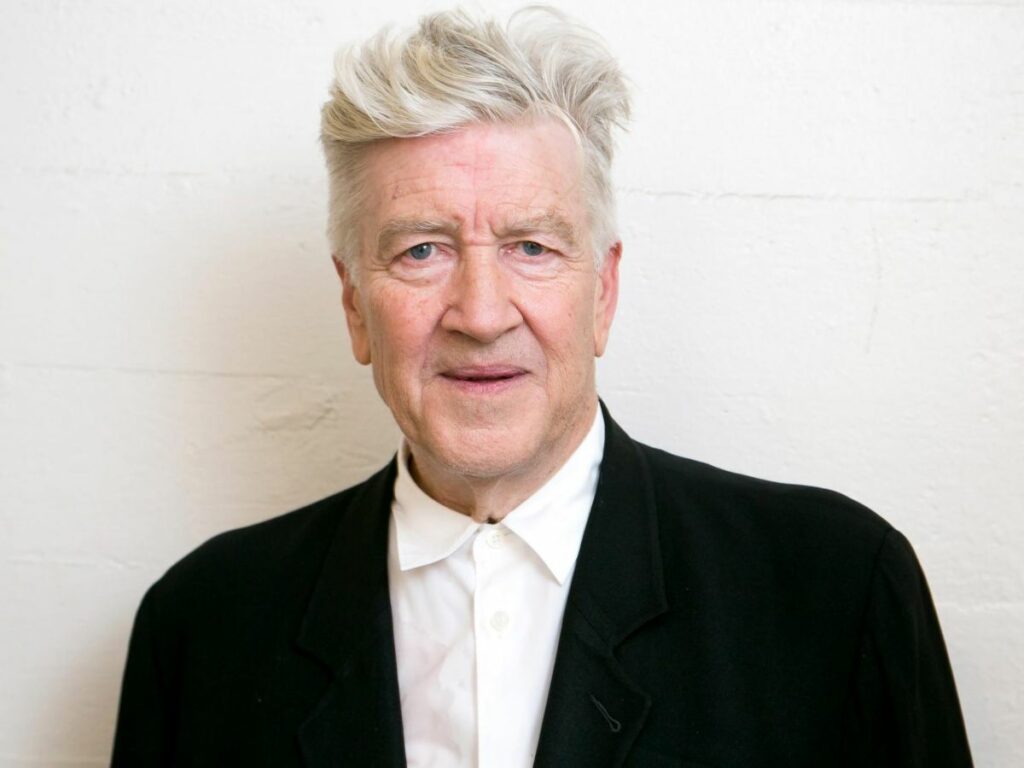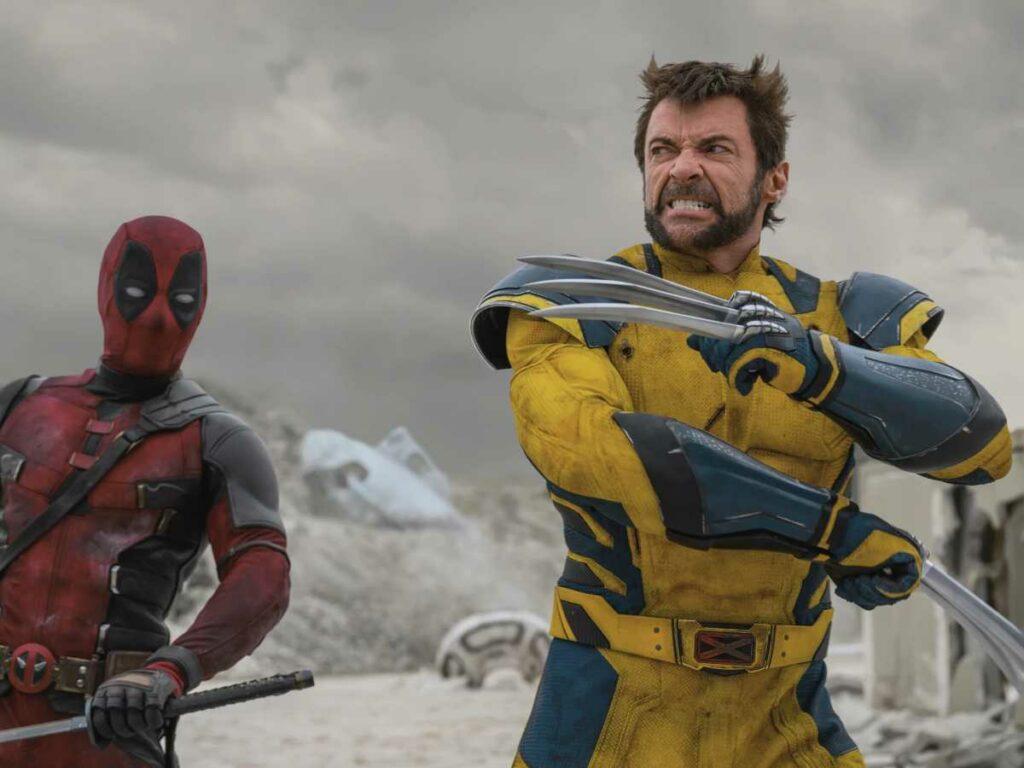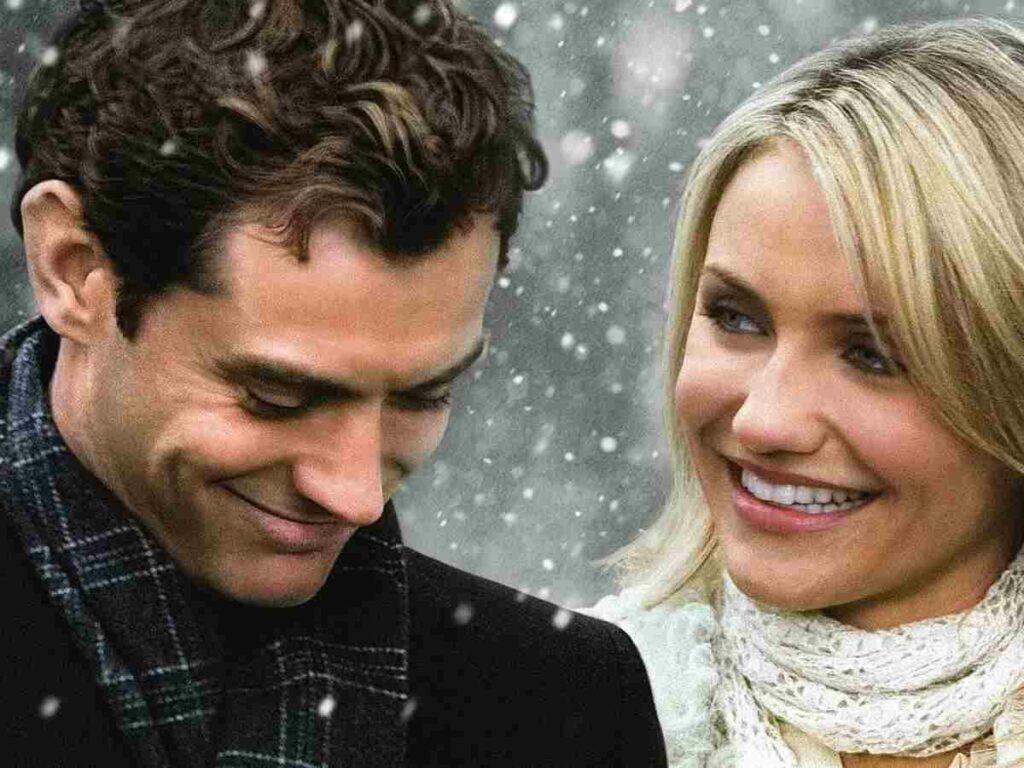New Zealand-born filmmaker Jane Campion’s films are deeply invested in human relationships and their complexities. Her idiosyncratic thought process evokes an often dramatized and critically distanced style of looking at the vagaries of life. Her aesthetic decisions are revealed in every aspect of filmmaking from structuring the mise-en-scène to the complex system of symbolic images within the philosophy of the film. She has a distinctive visual style and the treatment of her films is a constant attempt to revamp the conventional notion of women in cinema. The characters in her films are victims of their choice but they are not helpless creatures who cannot divert the tide of their lives from hopelessness to optimism. The moral choices made by these brave characters often creates situations where the viewers are compelled to examine their own biases and expectations about these people.
Campion received the Academy Award for Best Original Screenplay in 1993 and was the first woman director to win the Palme d’Or at Cannes, becoming one of the most revered female film directors of world cinema. By winning the Golden Globe for Best Director in 2022, she reinstated her position as the most highly regarded contemporary filmmaker. She has also served as the jury president of two of the most prestigious international film festivals — Cannes and Venice. Here are the best Jane Campion movies, ranked:
8. In the Cut (2003)
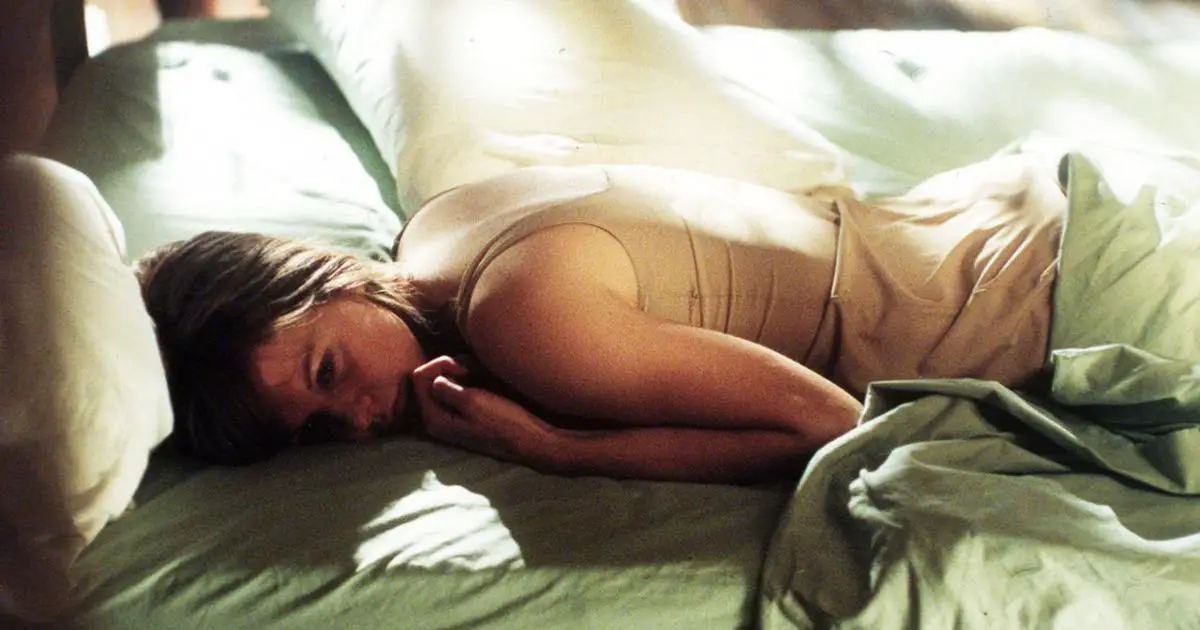
In the Cut is an erotic thriller set in New York City based on a novel by Susanna Moore. The protagonist Frannie Avery (Meg Ryan) is a middle-class English teacher who is researching a book project about colloquial language. One night she accidentally witnesses a murder in her neighbourhood and become embroiled in a police investigation. In the process, she gets attracted to Detective Malloy (Mark Ruffalo) and a passionate love affair follows. More murders take place in the neighbourhood as the relationship progresses. Conflict arises when Frannie doubts Malloy being the serial killer.
The treatment of the film focuses on romance and generates tension with the murders and the ensuing sexual tension between the characters. Campion attempts to add a twist to the conventional erotic romance and thriller movie archetype. The narrative elements borrow aesthetic conventions from film noir. However, while Campion has, undoubtedly, built a formidable track record as a filmmaker, In the Cut proves to be a disappointing fare.
7. The Portrait of a Lady (1996)
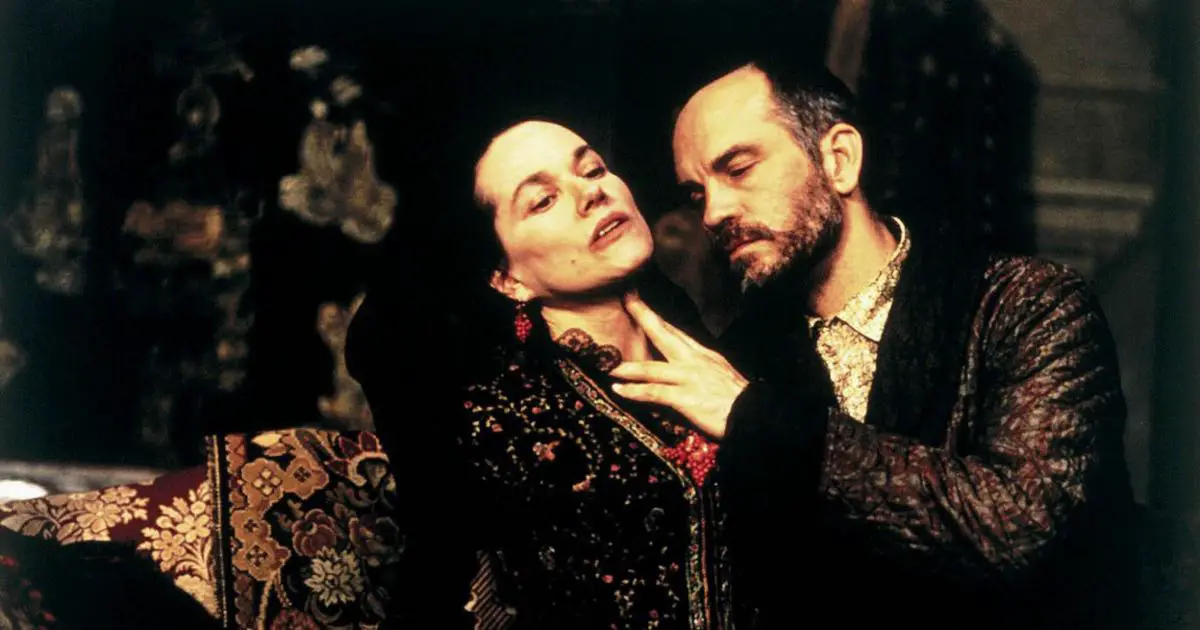
Set in the 1870s mid-period, The Portrait of a Lady is adapted from Henry James’s eponymous novel and centers around Isabel Archer (Nicole Kidman), a young American heiress seduced by a pair of expatriates living in Italy. After the death of her parents, Isabel Archer is sent to England to visit her relatives. She is left penniless after a tragedy hits her family. But her eternal beauty attracts the attention of a number of eligible men. On a tour of Europe she falls in love with Gilbert Osmond (John Malkovich), and they marry. But tension arises in the relationship as Gilbert’s opportunist and indolent nature is exposed. Isabel leaves no stone unturned to free herself from the ties of the relationship.
The film is a tragic tale about independence, abuse, and love. Minute care and concern for the detail of prop and decor help in creating a period locale. Such meticulous choices become an indispensable part of the milieu of the film and bring authenticity to the film.
6. Holy Smoke (1999)
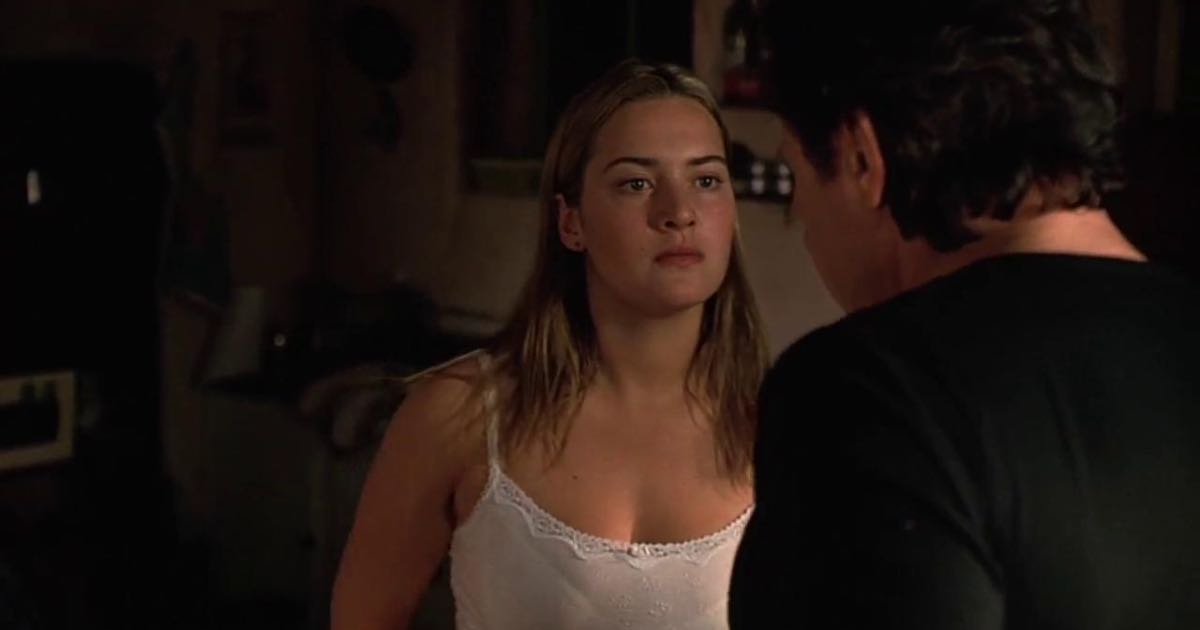
In Holy Smoke, a young Australian woman Ruth Barron (Kate Winslet) visits India and falls under the spell of a charismatic religious guru. Her mother Miriam (Julie Hamilton) is worried about her daughter. She travels all the way to Delhi and lies to Ruth that her father (Tim Robertson) is terminally ill and brings her home. Her parents hire PJ Waters (Harvey Keitel), a macho cult deprogrammer, to stabilize Ruth. But Ruth reverses the situation on Waters by looking for weaknesses in his subliminal makeup.
The film tussles gently on the battleground of gender politics. It highlights the contradictions in the characters searching their truer self in an selfish urban society. They are struggling to assert an identity both for moral legitimacy and emotional security. As the film ends, the characters have traversed a journey beyond the horizons of human desires, greed, violence and hatred. These revelations set them free from a world that was beyond their comprehension, leaving behind poignant memories.
5. Sweetie (1989)

Sweetie is a tragic-comedy about two sisters, Kay (Karen Colston) and Sweetie (Geneviève Lemon), who have different aspirations in life. Kay is coy, superstitious and sexually repressed, Sweetie is loud, scruffy and mentally ill. When Sweetie befriends a junkie as her boyfriend (Michael Lake), it throws Kay’s attempts to live a normal life with her new boyfriend Louis (Tom Lycos) in disarray. Situation complicates further when their divorced father Gordon (Jon Darling) also moves in with them.
The film consists of characters who behave oddly and much of the trouble in the family is presented as a satirical character study of these two females belonging to a dysfunctional family. The most mundane moments in the films have an oddly marvelous momentum. With its understated pace and frequently deadpan narration, the emotional moments of the film are simultaneously sweet and darkly funny.
4. An Angel at My Table (1990)
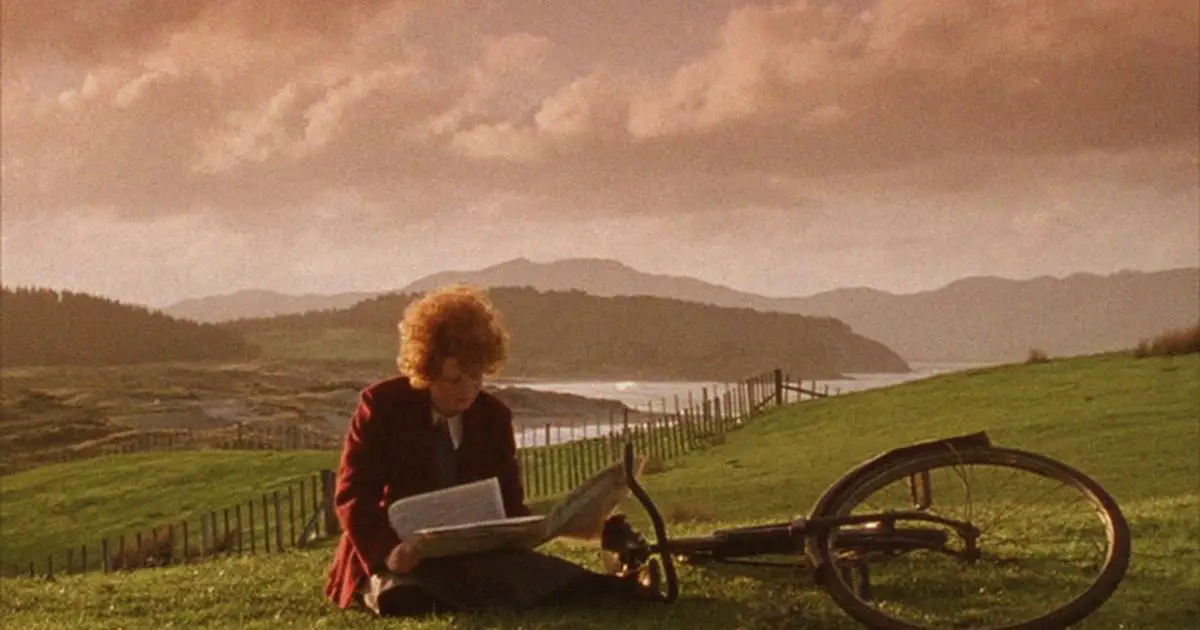
An Angel at My Table is based on the autobiography of New Zealand author Janet Frame. It is a three-part television miniseries and subsequently released in theaters. The film chronicles the early phase of the young writer at various stages of her life. She was misdiagnosed as schizophrenic and was scheduled to undergo a lobotomy. But her success as a writer provided her an avenue to escape this fate and won her fame and acceptance.
This is not a fable like tale of a struggling soul with the conventional biopic tropes. It is unflinching in its treatment of subject and Campion is driven by the desire to evoke the crucial elements of Frame’s story. She deploys a wealth of economically observed details to explore her heroine’s passionate and deceptively placid perceptions of the world. Kerry Fox pulls off a convincing performance with ease. She moves from mania to stillness, from studied composure to emotional abandon, all while keeping control of that voice.
3. Bright Star (2009)

Bright Star is set in 1818, London and unspools the secret love affair between the 23-year-old English poet John Keats (Ben Whishaw) and his neighbour Fanny Brawne (Abbie Cornish) a cheeky and facetious student. Both are polar opposites. Keats prefers to have an isolated existence, which he thinks is essential for his growth as an artist. Fanny on the other hand is a vivacious young lady with no interest in literature. Yet, this unlikely pair strikes an emotional chord.
Campion executes a stylised and innovative period rendition of tender romantic relations in 19th century Britain integrating convincing performances with astute camera movements and mise-en-scène. Noted British film critic Peter Bradshaw in his book The Films That Made Me… ends his review of the film with a beautiful line:
“There’s no avoiding the dreadful sadness that descends on the film like a shroud, but even in the sadness there is a kind of euphoria, an ecstasy of loss.”
2. The Power of the Dog (2021)
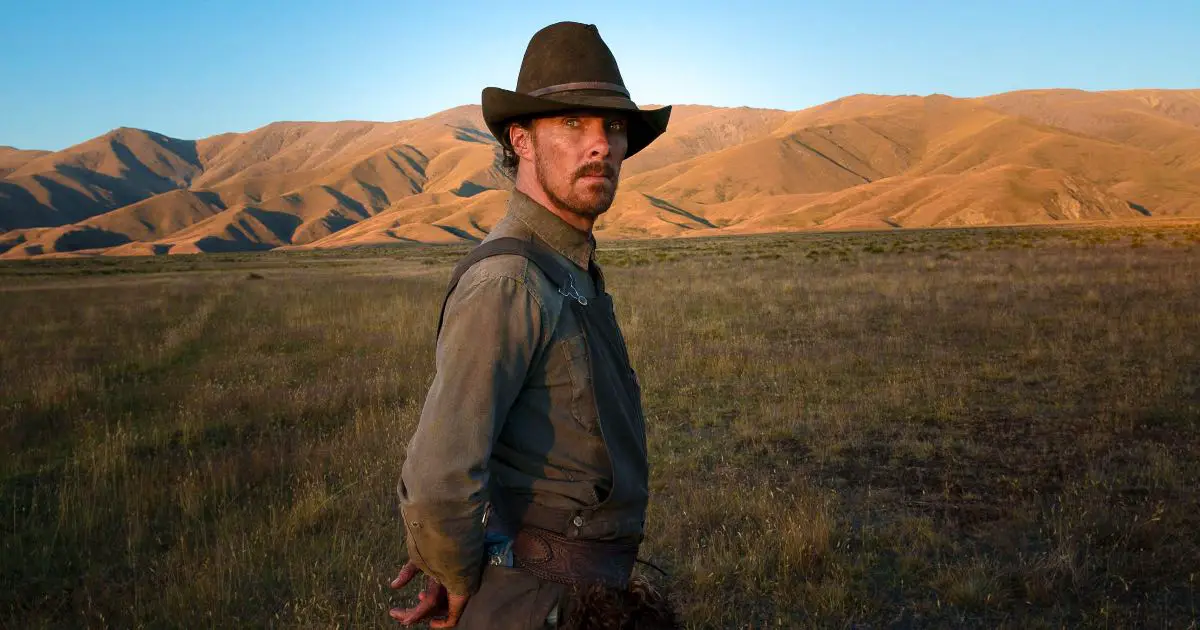
The Power of the Dog is a visceral and psychological drama belonging to the genre of western. Based on Thomas Savage’s novel, this film is set in Montana 1925 and narrates the tale of two brothers with divergent characters and the people associated with them. Phil Burbank (Benedict Cumberbatch) is rude and violent whereas George (Jesse Plemons) is gentle and caring. Tension starts to develop in the family when George marries the widowed Rose (Kirsten Dunst) and along with her teenage son Peter (Kodi Smit-McPhee) starts staying in the ranch with Phil.
Campion assuredly executes the screenplay and remains faithful to the adaptation. One of finest films of 2021, it’s visually stunning design is nuanced, thoughtful, and deeply effective. The actors’ captivating performances fuel the dramatic energy of the film. The unresolved way in which the film ends makes the drama all the more gripping and somewhat morally ambiguous.
1. The Piano (1993)
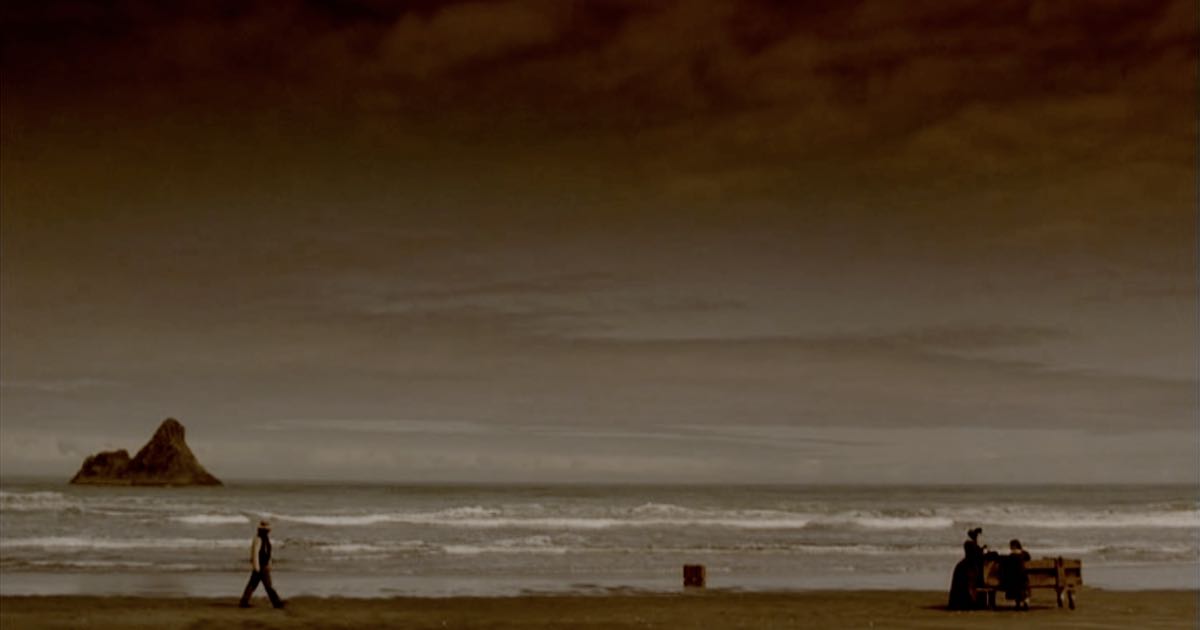
The Piano is set in the mid-nineteenth century and the events of the film unfold in the rugged forests of New Zealand’s South Island. The film tells the tale of Ada McGrath (Holly Hunter), a young Scottish mute widow, her young daughter Flora (Anna Paquin), husband Alisdair Stewart (Sam Neill) and neighbor George Baines (Harvey Keitel). Ada is shattered when Stewart sells her piano to George. But George is ready to return the piano to Ada, provided she teaches her how to play the musical instrument. She reluctantly agrees and in the beginning hates her neighbor. Soon, however, a clandestine relationship develops between them that doesn’t end on a happy note.
The film presents an empathizing perspective on the strangulated life of a protagonist who fails to suppress her passion for love and carnal desires for long. Campion has spurned every convention of a typical stereotype romance genre. The treatment raises questions regarding the genuine feelings that develop between men and women post marriage. It also brings an analytical observation on colonialism and property ownership.
Conclusion
Jane Campion won an award for her first short film Peel (1982) at the 1986 Cannes but it hasn’t been smooth sailing for the filmmaker. Some of her films have provided a critical perspective and are revered by critics and cinephiles, while others have invited stern criticism and disdain. Nevertheless, she made film after film with conviction, shattering all traditional beliefs with superlative artistic texture. She’s traversed every genre with an in-depth understanding of the subject and sheer commitment to the medium. What’s truly remarkable is how Campion’s films deepen our awareness of the nature and potential of cinema.

